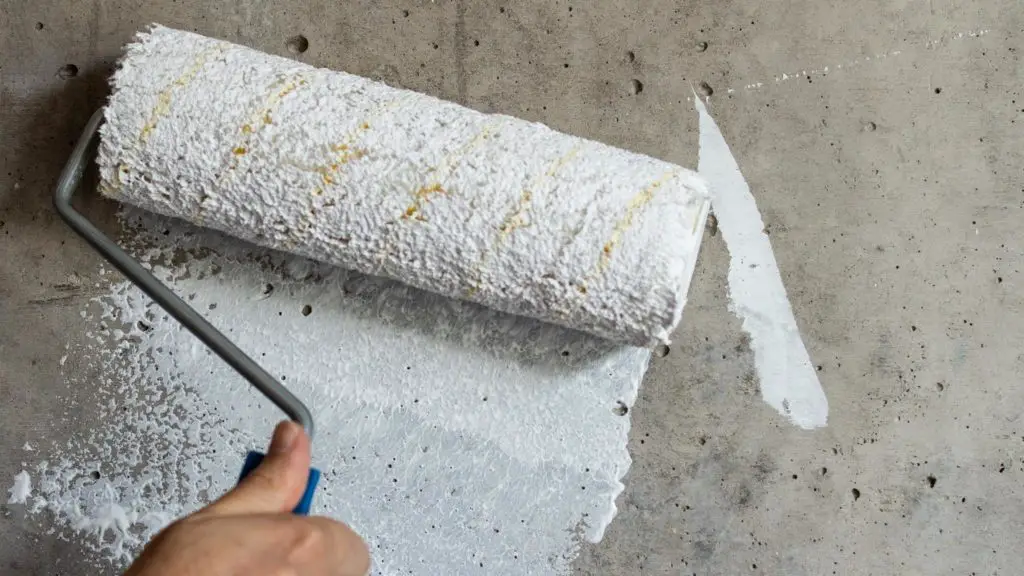
PAINTING CONCRETE PLEX SUPPLIES
B-clean
Bucket
Cloth
Sandpaper 120
Penny
adhesive cloth
Brush
felt roller
paint tray
Multi-primer
alkyd paint
ROADMAP
Pour bucket half full with water
Add 1 cap of B-clean
Stir
Put a cloth in the mixture, rub it out and start cleaning
To sand
Dust-free with a penny
Remove the last dust with a tack cloth
Stir the multiprimer
By felt roller go paint the sheet material
After drying, sand lightly and make it dust-free
Treat the ends with a sealer for wood
Then apply 2 layers of alkyd paint (sand lightly between the layers)
Painting concrete plex is basically unnecessary because it has a very smooth layer that offers protection against the weather. You often see that the paneling of the sides of trailers is concrete plywood, recognizable by the brown color. It is a waterproof plate that does not allow water or moisture to pass through. You have to want it because you don’t like the dark color. Or you want to have a completely different look from those plates. In principle, everything can be painted if you use the right surface.
WHAT IS CONCRETE PLEX?
Concrete plex is a waterproof plate. Inside the plate is usually plywood. Plywood consists of layers of thin wood glued together. This is also known as rotary cut veneer. These plywood sheets are treated with synthetic resin on both sides, making both sides super smooth and water-repellent. In addition to being waterproof, the two sides are also wear-resistant and scratch-resistant. If you start painting it, it loses its function somewhat.
PRIME SHEET MATRIX WITH A MULTIPRIMER.
The sides of this sheet material are smooth because a two-component epoxy has been applied to it. The procedure is as follows: first degrease with an all-purpose cleaner. Then sand with 120 grit sandpaper and then dust with a penny or brush. with a tack cloth to remove the last dust. Use a multi-primer for the base coat. A multi-primer ensures good adhesion to the plate and is anti-corrosive. When the primer has cured, lightly sand and remove dust. Then apply two coats of alkyd paint. Lightly sand between those two layers, free up dust and wipe with a damp cloth or tack cloth.
TREAT EDGES.
The ends must be treated differently. Because this is often sawn, moisture enters here and you get swelling of the plate. The sides must be sealed. You use a sealant for this. Bison has a product on the market that is suitable for this: Sealer for wood. This product prevents swelling and delamination.
Do you have any questions?
Ask Pete!
I'm Joost Nusselder, the founder of Tools Doctor, content marketer, and dad. I love trying out new equipment, and together with my team I've been creating in-depth blog articles since 2016 to help loyal readers with tools & crafting tips.
